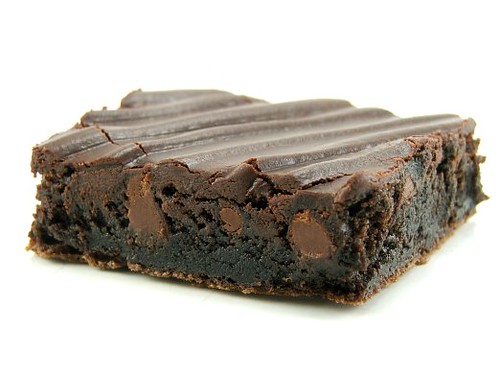Posted on www.evilshenanigans.com on 4/13/2009
If you do not like chocolate jam packed inside a fudgy brownie, turn back now!
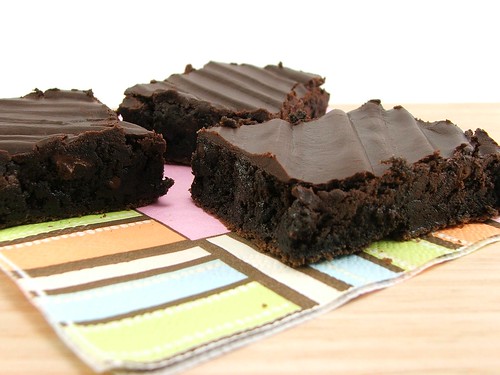
This recipe is adapted from one we made in culinary school. The brownies we made were ok, but we did not use dark chocolate or dutch processed cocoa powder. I do and the result is superior. There is also more chocolate chips in my version. I see it this way, if you are going to have chocolate, why go half-way?
These are really easy to get mixed up, they cool pretty quickly and are wonderful covered in a shiny layer of dark chocolate ganache. Again, why go half way?
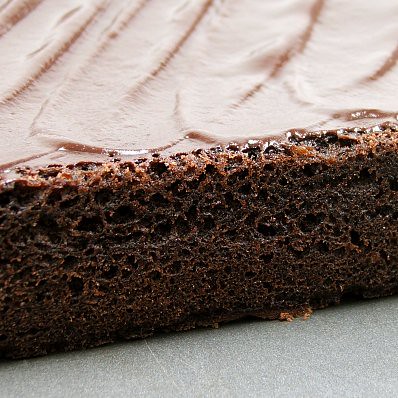
The brownies are rich, chewy, melting, and fudgy. I like them warm, with the kiss of the oven still on them, topped with a scoop of vanilla ice cream, or some whipped cream and a drizzle of fudge sauce. As good as they are warm, however, I also like them cold from the refrigerator. For some reason these brownies are SO GOOD cold, which makes them excellent for the summers here in Texas when it is ten kinds of hot. There is nothing like a cold, chewy brownie when it is 105F outside. Trust me!
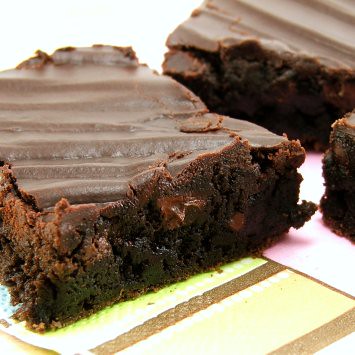
You can easily double this recipe. In fact, the original recipe was enough to fill a full sheet pan. I scaled this down to a quarter of that amount - mostly because my thighs could not take it. Just know you can scale it up easily and with much success.
Dark Chocolate Chip Brownies Yield 20 brownies
3 oz butter
2 oz dark chocolate, at least 62%, chopped
Sugar 14 oz
4 oz golden syrup or honey
3 oz butter
5 oz eggs (about three large)
.75 oz water
1 teaspoon instant espresso
1/2 teaspoon vanilla
5.25 oz cake flour
1 oz dutch processed cocoa powder
1 teaspoon salt
3 oz chocolate chips
Heat the oven to 350F and prepare a 1/4 sheet pan (9″x13″) with non-stick spray, line the bottom with parchment and spray again.
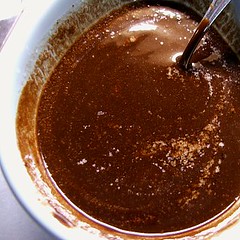
In a bowl combine the butter and the chocolate. Microwave for 30 seconds, stir then microwave for an additional 15 seconds. If the mixture is not completely melted heat at ten second intervals until completly melted. Set aside to cool slightly.
In a bowl combine the sugar, golden syrup/honey, and second portion of butter. Mix until well combined.
Disolve the espresson the the water. Add that along with the eggs and vanilla to the sugar mixture. Mix to combine.
Stir in the melted chocolate mixture. Blend well. Make sure to scrape the sides and bottom of the bowl well so that the mixture is completly combined.
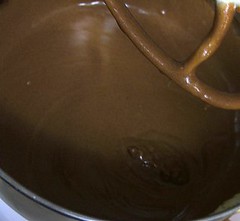
Sift the dry ingredients then add them to the wet mixture. Mix until just beginning to mositen then add the chips. Mix until the dry ingredients are incorporated and there are no lumps.

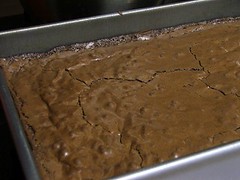
Pour into the prepared pan and bake for 30 to 40 minutes, or until the center is just set.

Cool completly in the pan before turning out into a cutting board.
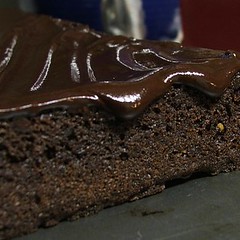
Frost and slice as desired.
